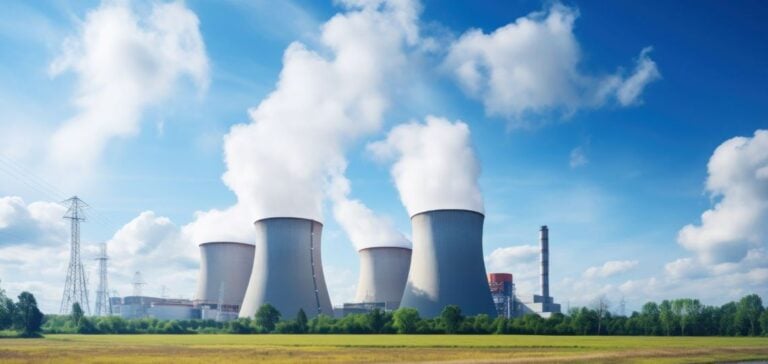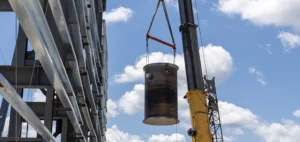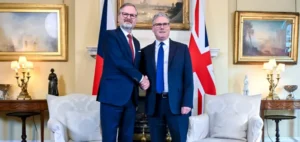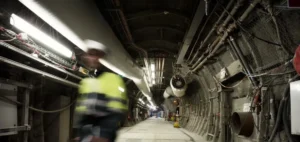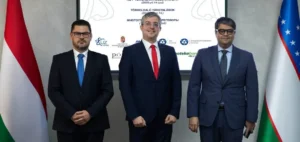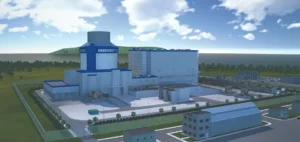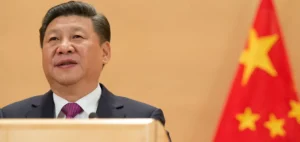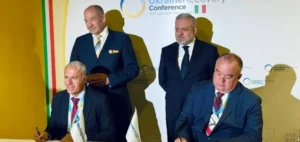A recent report by Frontier Economics compares two energy scenarios for Australia. This analysis aims to determine whether the integration of nuclear energy into the National Electricity Market (NEM) offers a cost-effective and reliable alternative to a strategy based solely on renewable energy and storage.
Two Energy Scenarios for Australia
The report presents two distinct pathways:
– Progressive Scenario: This model includes nuclear energy, consistent with the policy proposed by the Liberal-National Coalition (LNP).
– Step Change Scenario: Supported by the current Labor government, it relies exclusively on renewable energy and storage.
The findings highlight that the Progressive Scenario would be 44% less expensive between 2025 and 2051. The higher costs of the Step Change Scenario are attributed to the substantial investments required in renewable capacity and storage infrastructure to address their intermittency.
Savings and Increased Reliability
According to Frontier Economics, integrating nuclear energy could generate approximately AUD 263 billion in savings over the study period while enhancing the reliability of the electricity grid. A variant of the Step Change model, which includes a limited share of nuclear energy, would also deliver significant financial benefits.
Frontier Economics’ Managing Director, Danny Price, stated: “Including nuclear energy in our energy mix is more cost-effective in the medium and long term, and it stabilizes electricity production.”
Strategy of the Liberal-National Coalition
The Coalition plans to build small modular reactors (SMRs) in South Australia and Western Australia, with additional facilities considered in Queensland, New South Wales, and Victoria. These projects, according to Shadow Minister Ted O’Brien, follow international guidelines from the International Atomic Energy Agency (IAEA) and established standards in several developed economies.
Peter Dutton, the LNP leader, declared that this approach would reduce costs for households while strengthening Australia’s industrial competitiveness. “This strategy aligns with international practices where nuclear energy plays a crucial role in combining economic growth and emissions reduction,” he said.
Criticism from the Government
Climate and Energy Minister Chris Bowen criticized the report’s conclusions, stating that Frontier Economics’ estimates are significantly biased. According to Bowen, the projections ignore the real costs and delays associated with building nuclear infrastructure while overestimating the benefits.
Meanwhile, the CSIRO and AEMO have published reports favoring renewable energy, asserting that it represents a faster and more affordable solution to meet Australia’s energy goals.
A Political and Economic Debate
Beyond the figures, this debate illustrates a stark political divide between the two energy strategies. The Coalition favors a mix that includes nuclear energy for economic and strategic reasons, while the government emphasizes the urgency of a rapid transition to renewables. The resulting decisions will have major implications for Australia’s electricity market.

